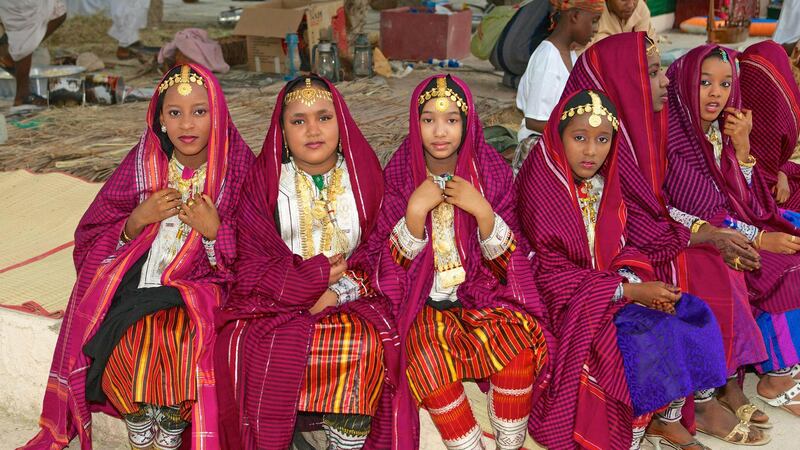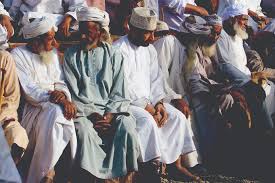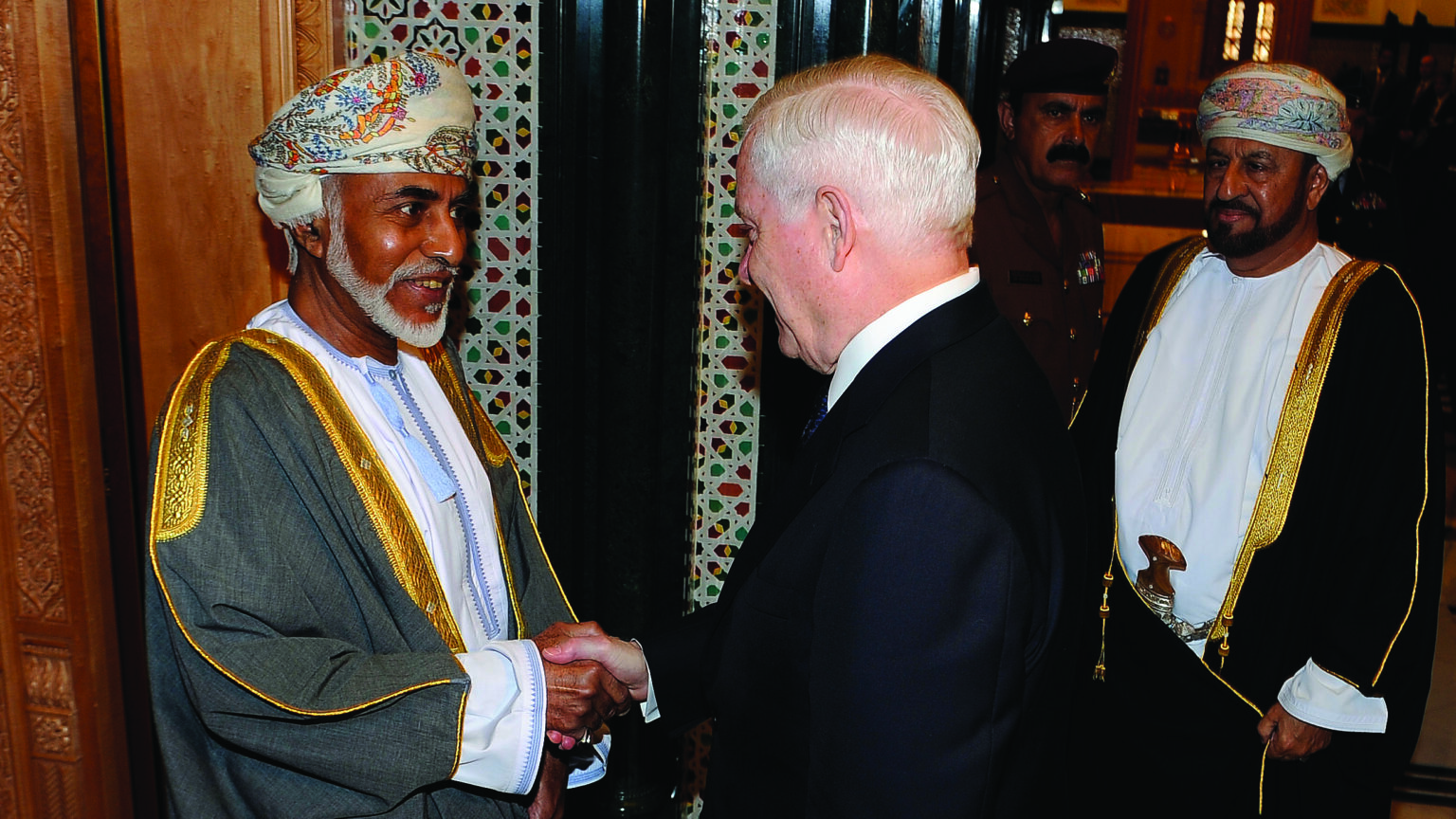Oman is a land where tradition and modernity flow seamlessly into each other, creating a culture that is both rooted in history and alive with innovation. One of the most striking reflections of this unique blend is found in its traditional clothing. For centuries, Oman’s attire has not only represented identity, status, and cultural pride but has also adapted gracefully to modern trends. Today, Omani fashion stands as a remarkable example of how heritage can influence contemporary life, inspiring both locals and the global fashion scene.
Understanding Oman’s traditional clothing is more than just learning about fabric and style. It is a journey into the heart of Omani values, beliefs, and creativity. The clothing carries stories of the desert, the sea, and the mountains, while also reflecting Oman’s connection to the wider Arab world. And as times change, these garments continue to influence and shape modern fashion, keeping the culture alive while allowing room for personal expression.
The Symbolism of Omani Traditional Clothing
Traditional clothing in Oman is not merely about dressing; it is deeply tied to culture and identity. Every piece of attire, whether for men or women, holds symbolic meaning. The colors, fabrics, and designs often represent local traditions, regional heritage, and sometimes even social status.
For men, the dishdashi the long, flowing robe symbolizes simplicity, dignity, and pride. Its plainness is deliberate, reflecting humility and elegance at the same time. Women’s clothing, on the other hand, is vibrant, filled with embroidery, patterns, and jewelry that speak of artistry and individuality. These garments are not just beautiful to look at but are also practical, designed to suit the desert climate and daily lifestyle of the Omani people.
Traditional attire also carries religious significance. Modesty is central in Omani culture, and clothing often reflects this value. Loose-fitting garments ensure comfort and align with cultural norms, making traditional Omani fashion both functional and respectful.
The Dishdasha: A Symbol of Omani Men
The dishdasha is perhaps the most iconic piece of clothing in Oman. This ankle-length robe, usually white but also found in shades of brown, grey, or blue, is the everyday attire for Omani men. At first glance, it may look simple, but its design is purposeful and full of meaning.
A small tassel known as the “furakha” is attached to the neckline of the dishdasha. Traditionally, men would scent this tassel with perfume or incense, allowing a subtle fragrance to accompany them throughout the day. This detail highlights the Omani appreciation for elegance and refinement.
Along with the dishdasha, men often wear the kumma, a round cap embroidered with intricate designs, or the mussar, a turban that reflects status and tradition. The mussar is particularly significant, as the way it is wrapped can signal regional styles or personal preferences. Together, the dishdasha, kumma, and mussar create a look that is distinctly Omani respectful, modest, and stylish.

Women’s Traditional Attire: Elegance and Expression
For Omani women, traditional clothing is a blend of modesty and vibrant expression. Women’s attire is known for its bright colors, detailed embroidery, and flowing fabrics. While the abaya (a black outer garment) is common in daily life, Omani women also wear richly decorated dresses known as thawbs for special occasions.
Each region of Oman has its own variation of women’s attire. In Muscat, dresses may be more elaborate with gold embroidery, while in Dhofar, bright colors and bold designs dominate. Headscarves and face veils are also part of traditional clothing, balancing cultural modesty with personal creativity.
Jewelry plays a vital role in women’s fashion, often crafted from silver and decorated with semi-precious stones. These pieces are not only ornaments but also hold cultural value, passed down from generation to generation as symbols of family heritage.
Clothing for Celebrations and Ceremonies
Omani clothing takes on an even more elaborate form during special occasions such as weddings, festivals, and national celebrations. During these events, attire is richly decorated with embroidery, sequins, and gold thread, showcasing the artistry of local craftsmen.
Weddings, in particular, highlight the cultural richness of Omani fashion. Brides wear dresses adorned with intricate details and pair them with traditional jewelry that represents beauty and prosperity. Men also dress more formally, often complementing their dishdasha with a ceremonial khanjar, the traditional curved dagger, worn at the waist. The khanjar is more than an accessory it is a national symbol of pride and honor.
During national celebrations such as Oman’s National Day, both men and women proudly wear traditional clothing, reinforcing their cultural identity and unity as a nation. These moments show how deeply attire is woven into the social fabric of Oman.
Modern Adaptations of Traditional Clothing
While traditional clothing remains an important part of daily life, Oman has also embraced modernity. Fashion designers and young Omanis have found ways to adapt traditional attire to contemporary styles. The dishdasha, for instance, is now available in different colors and fabrics, giving men more choices while preserving the garment’s essence.
Women’s attire has seen even more transformation. Designers often blend traditional embroidery with modern cuts, creating dresses that can be worn both at cultural events and in everyday life. Abayas, once simple and plain, now come in elegant designs with lace, embroidery, and beadwork, making them a symbol of modern modest fashion.
These adaptations are not about replacing tradition but about making it relevant in today’s world. By updating colors, fabrics, and cuts, Omani fashion remains connected to its heritage while speaking to the modern lifestyle.
Influence on Global Fashion
Oman’s traditional clothing has also inspired global fashion. The simplicity of the dishdasha has influenced minimalist trends, while Omani embroidery and jewelry have caught the attention of international designers. In the global modest fashion movement, Oman plays an important role, offering inspiration for how tradition and modernity can coexist in style.
Many international fashion houses now look toward the Middle East, including Oman, for design elements that bring richness and authenticity to modern collections. The fusion of tradition with global trends has allowed Omani fashion to step onto the world stage, where it is admired for its beauty and cultural depth.

Preserving Tradition Through Fashion
As Oman modernizes, there is also a conscious effort to preserve traditional clothing. Schools, cultural organizations, and families encourage young Omanis to wear traditional attire during important events. Government initiatives and fashion festivals highlight the importance of protecting this cultural heritage.
The rise of Omani fashion designers has also played a major role in preserving tradition. By giving traditional garments a modern appeal, they ensure that young people feel proud to wear them. This balance between innovation and preservation is essential in keeping the identity alive.
The Emotional Connection to Traditional Clothing
For Omanis, clothing is not just about appearance—it is about identity and belonging. Wearing a dishdasha, mussar, or traditional dress is a reminder of one’s roots, history, and community. It carries memories of family gatherings, cultural celebrations, and childhood traditions.
This emotional connection is why Omani clothing continues to thrive, even as modern fashion trends rise. The garments are tied to feelings of pride, respect, and continuity. They serve as a bridge between generations, allowing the past to stay alive in the present.
The Future of Omani Fashion
Looking ahead, the future of Omani fashion is bright. With growing interest in cultural heritage and sustainable fashion, Oman’s traditional clothing is positioned to inspire even more. Young designers are blending local fabrics with eco-friendly practices, while also creating designs that resonate with international audiences.
Technology also plays a role in the evolution of Omani fashion. Social media platforms allow designers to showcase their work to the world, spreading awareness about the beauty of Omani culture. At the same time, global consumers are increasingly drawn to authenticity and heritage, making Oman’s clothing a source of fascination.
As Oman continues to grow and connect with the world, its traditional clothing will remain a symbol of resilience, creativity, and pride. By carrying history into modern life, Omani fashion shows that tradition is never outdated it simply evolves with time.
Conclusion
Exploring Oman’s traditional clothing is a journey into the soul of the nation. Each garment, from the dishdasha to women’s embroidered dresses, tells a story of identity, values, and artistry. More than fabric and design, these clothes represent dignity, modesty, and pride in one’s roots.
In modern times, Omani clothing continues to influence both local and global fashion. Designers are reimagining traditional attire to suit contemporary lifestyles, ensuring that heritage remains alive while embracing new trends. This blending of old and new makes Oman’s fashion timeless] anchored in history yet open to the future.
Oman’s traditional clothing is not just about what people wear; it is about who they are. It connects generations, celebrates identity, and influences the world. In a time when cultures risk losing their roots, Oman stands as an inspiring example of how tradition can live on, shape modern life, and shine brightly on the global stage.
Also Read – Omani Coffee Culture Strengthens Bonds and Inspires Lasting Connections



